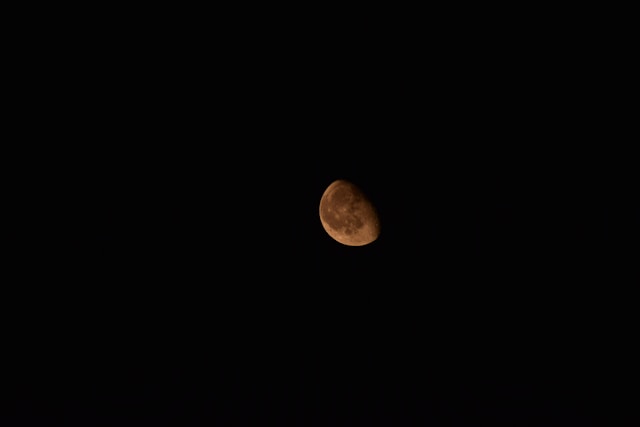
Brazilians will be able to watch the partial lunar eclipse between the night of this Tuesday (17) and the early morning of Wednesday (18). The event is expected to begin at 9:41 PM and reach its peak around 11:44 PM, according to the Ministry of Science, Technology, and Innovation.
At the peak of the lunar eclipse, only 3.5% of the Moon’s total surface will be darkened, and no special equipment will be needed to observe the phenomenon.
+ How the Lunar Eclipse on September 17 Will Affect Each Zodiac Sign
+ Weekly Tarot Forecast: Stay Focused and Determined
A lunar eclipse occurs when the Earth positions itself between the Sun and the Moon, casting its shadow on the Moon’s surface. In the case of a partial eclipse, only part of the Moon enters the Earth’s darker shadow, called the umbra, resulting in a partial obscuring of the satellite.
Astrological aspect of the eclipse
Astrologically, lunar eclipses are seen as powerful events of transformation and revelation. They mark moments of completion and the beginning of important cycles. The eclipse on September 17, 2024, occurs in the sign of Pisces, intensifying emotional and spiritual sensitivity during this period.
For water signs, such as Cancer, Scorpio, and Pisces, this eclipse may bring deep personal issues to the surface and promote emotional renewal. It’s a time for introspection, perfect for leaving behind old patterns that no longer serve a purpose. Earth signs, like Taurus, Virgo, and Capricorn, may benefit from a more pragmatic approach, focusing on the changes the eclipse might inspire.
In general, eclipses are considered opportunities for significant change, offering a chance to close old cycles and open the way for new beginnings, especially in the emotional and relationship realms.
Stay updated with the latest news on our Facebook page or on our Instagram profile.
This content was translated with the help of AI.

